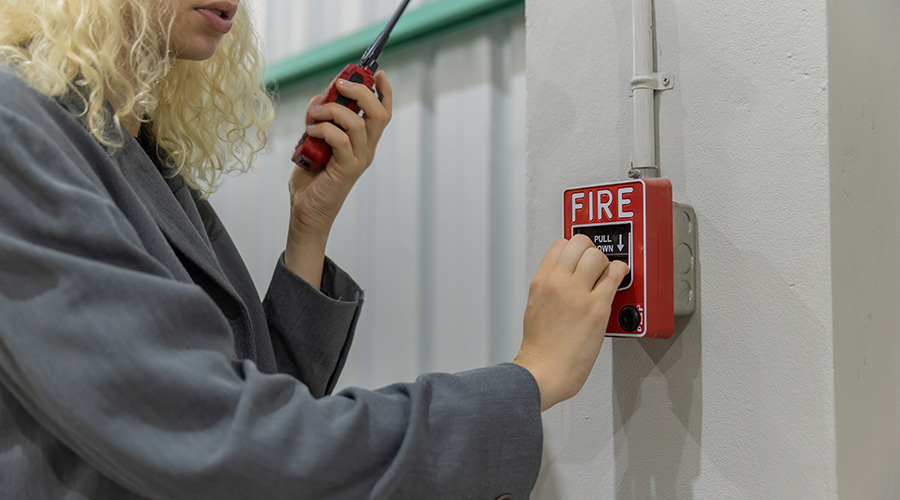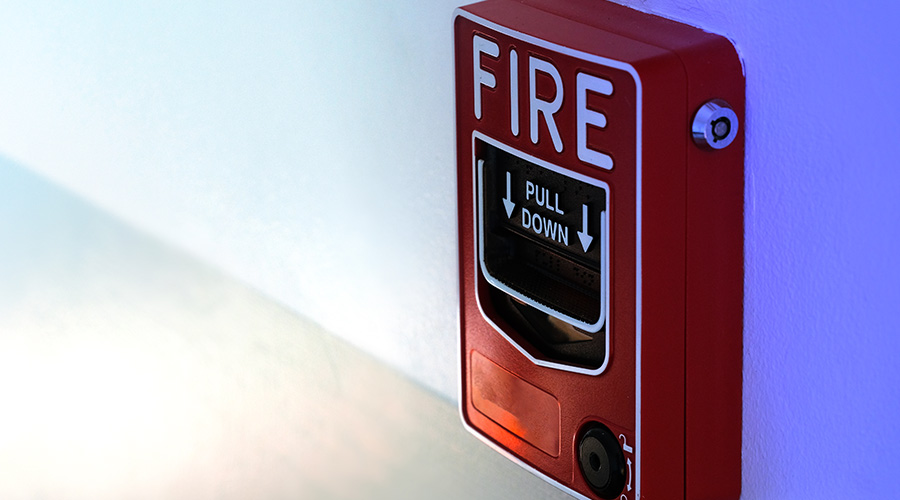Turn Building Occupants Into Allies For Emergency Response
Every building has its own set of variables when it comes to fire/life safety, and one of the largest is what building occupants will do in an emergency. It's up to facility managers to ensure that, if an emergency does occur, occupants will know what to do and how to do it, no matter how much the number of occupants varies based on time of day, time of year, or day of the week. But building occupants represent more than an evacuation challenge. They can be allies for emergency response efforts.
Occupants can fill key roles in the process of clearing a building. Whether it's serving as a floor warden, initiating an alarm, or helping a coworker with a disability to exit the building, occupants can take responsibility for actions that the facility department cannot cover, simply because the staff can't be everywhere at once.
"Some occupants, their role may just be to evacuate the building," says Kristin Bigda, senior fire protection engineer, NFPA. "Others may play more of a role in assisting with the evacuation process, or some might have a role in taking attendance when the evacuation is complete or reviewing the evacuation."
The first step is making sure that you have a plan for getting everyone from their area of the building to a safe area outside — or, in some cases, inside.
While that may seem like an easy task — people from the East wing go to one end of the parking lot, for example — it can be complicated by something as simple as force of habit. Building occupants tend to come in and go out of the same doors each day, so in the case of an evacuation, they may bypass the closest door because it's not "their" door. Or, if someone who works on the third floor is on the second floor for a meeting, they may not immediately know where to go in an evacuation. To combat this, make sure that plenty of signage is posted to clearly identify evacuation routes and exits; then, during drills, you can watch for areas where occupants seem confused or are taking a slower route out of the building.
Another thing to keep in mind when defining routes is that not every person in the building is actually an occupant. Visitors to the building or employees who normally work remotely may not be familiar with exit routes, so again, signage is important, as is having a system in place to ensure the building is clear.
Related Topics:
















